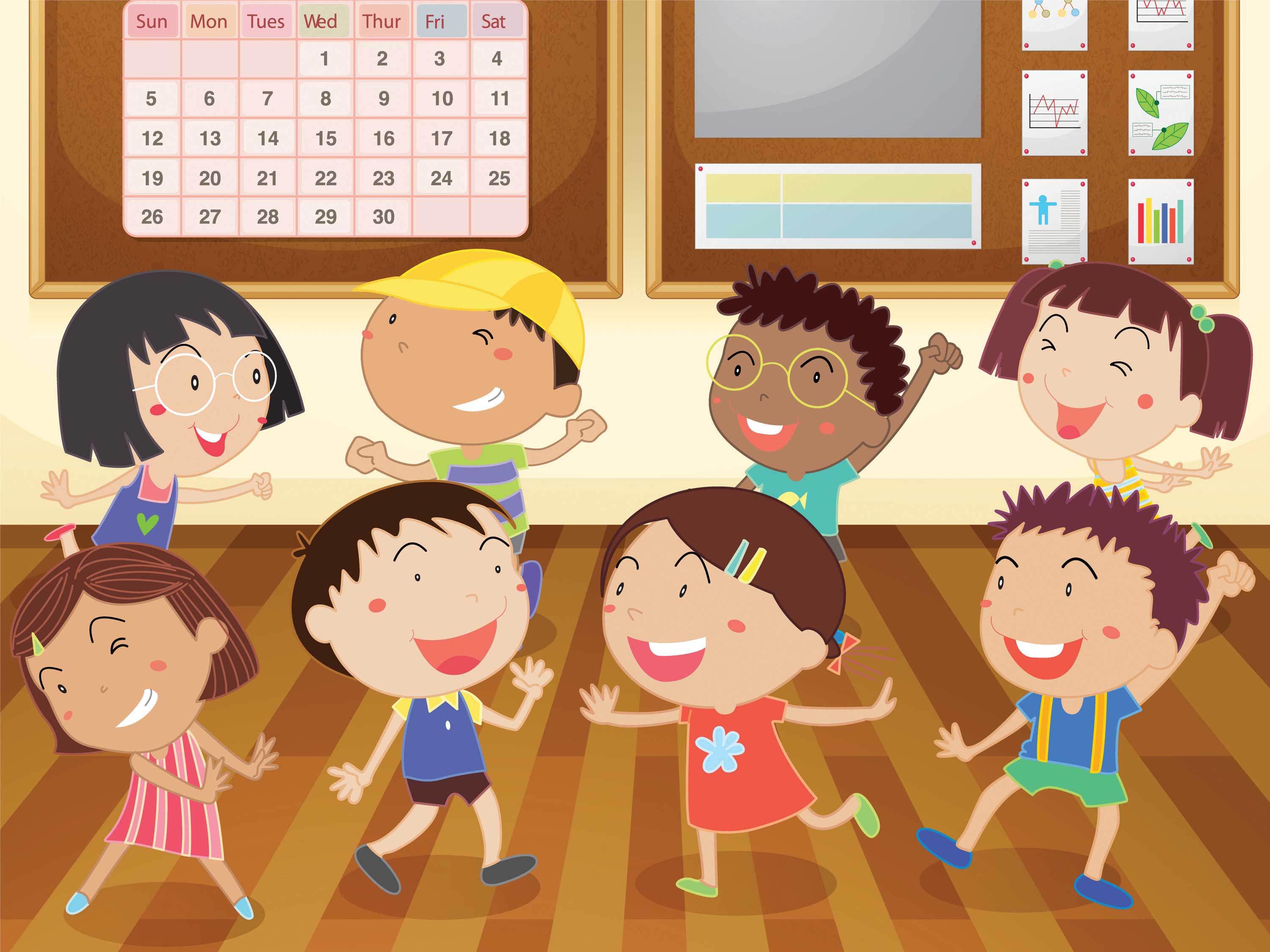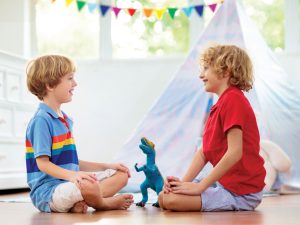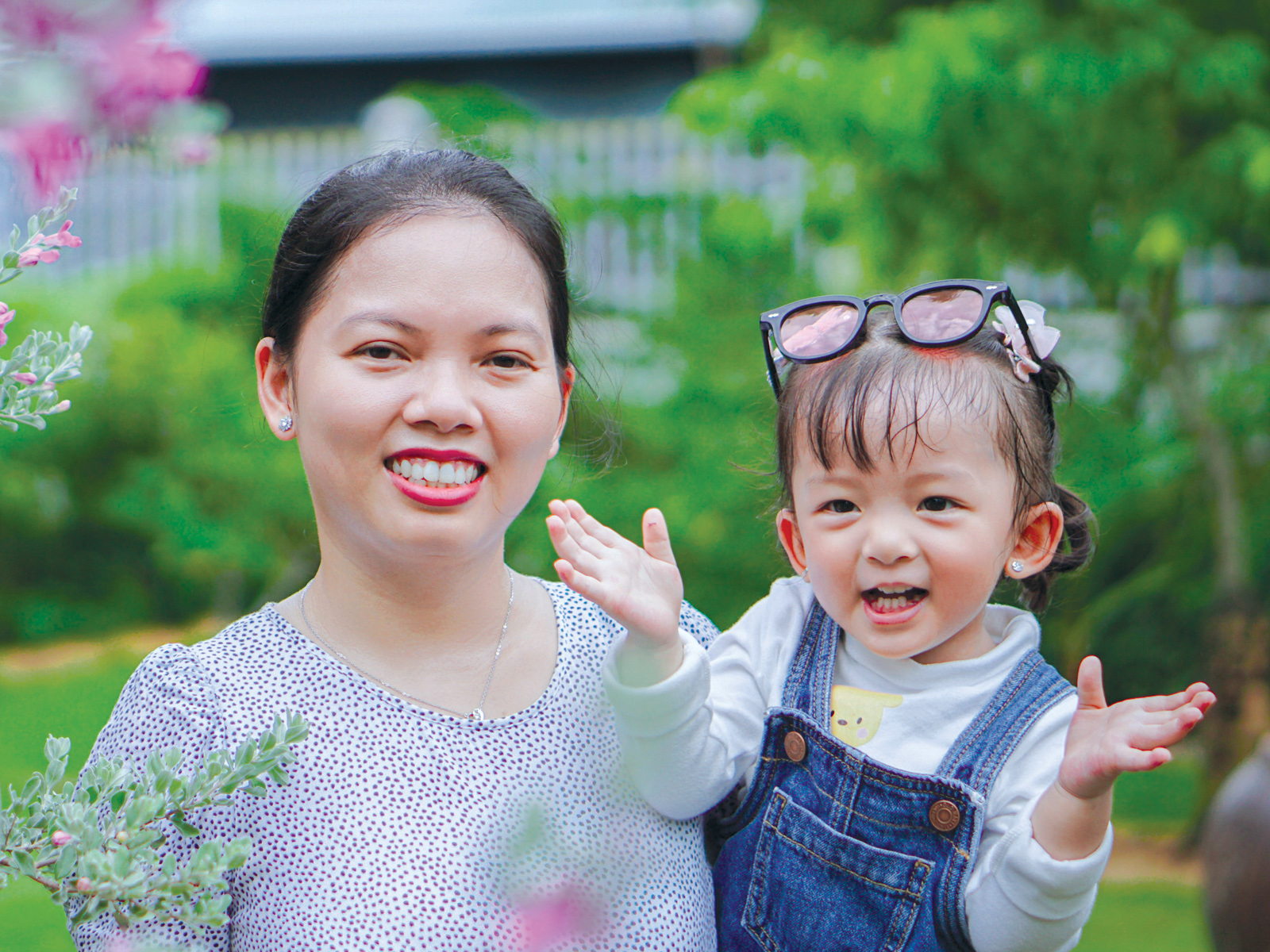By Jordan Rosenfeld
When Carol Ewen, a school psychologist, walks into the elementary classroom of a teacher she’s trained in the PAX Good Behavior Game (PAX GBG), she might find students crawling around on the floor like babies or acknowledging a “Spleem.” What they’re learning here is self-regulation skills, cooperation with peers, the ability to follow instructions and much more — and in a nonpunitive, trauma-informed way.
The game, which was first described in a 1969 paper in the Journal of Applied Behavior Analysis, has been taught in schools by the PAXIS Institute since 1999. And it’s seen remarkable results — the skills taught not only improve the classroom environment but are protective against future social and mental problems such as substance abuse, depression and suicide.
“We’re looking at behavior as a skill that we teach versus something that we punish kids into,” says Ewen, who is the multi-tiered systems of support coordinator and a specialized trainer.
The game can be played during any activity that challenges students’ focus, such as classes like math or reading or transitions between subjects. Children have 50 or more such transitions every day in elementary school, says Dennis Embry, president and chief scientist for the institute.
The game starts with the teacher asking the students to design “the most wonderful classroom in the entire world” — this includes what behaviors they want to see and the ones they think don’t belong. Positive behaviors are defined as a “PAX” (Peace, productivity, health and happiness), and unwanted behaviors are called “Spleems.” The words don’t have negative connotations on purpose — “They’re just novel words,” Embry says. “And they make you smile.” The idea of punishment and negativity are taken out of the equation as much as possible. For example, teachers signal attention with a harmonica rather than clapping, whistling or ringing bells, which are more jarring.
Kids are grouped into teams and the game begins, lasting from three minutes to an hour (students work up to more time as they get older). Points are collective, not individual. So when a child engages in an unwanted behavior, such as dropping a book deliberately on the floor, the teacher simply calls out “Spleem, blue team.” The team with the fewest Spleems wins the game. There’s a reward, but there’s also no punishment for losing.
When it comes time to call on students, teachers pull names written on popsicle sticks at random. “This reduces feelings of rejection,” Ewen says. Kids can also “phone a friend.” This reinforces the prosocial behavior of asking for help, which is protective against suicide years later.
But sometimes kids want to engage in undesirable behaviors. The game allows them to earn the right to, say, crawl like a baby on the floor, as a way to teach them to pull themselves out of dysregulation.
PAX GBG has been widely studied by such respected institutions as John Hopkins University. A 2019 literature review of 14 studies done by the Montana Center for Children, Families, and Workforce Development reports some remarkable effects in elementary school kids who played the game — such as higher levels of prosocial behaviors and decreased antisocial behavior among high-risk youth. These children also had fewer suicide attempts, less aggression and high-risk sexual behaviors, and lower rates of substance abuse than children of the same age and risk factors who did not participate. Ewen strongly believes that schools need to be recognized as the first line of defense against these problems.
“I don’t think the public really understands the importance of school and its impact on children’s mental health,” Ewen says. She says that kids who come into school with trouble regulating or delaying gratification fall further behind in life and are more predisposed to mental illness, juvenile delinquency, substance abuse and more.
But with this game, everybody wins. “Teachers suffer less burnout. Local communities face lower rates of juvenile crime and addiction,” Ewen explains, “Families win because their kids are healthy and those kids create a world that we would all like to live in.”
Jordan Rosenfeld is a freelance health and science writer. Reprinted with permission from OZY.com














